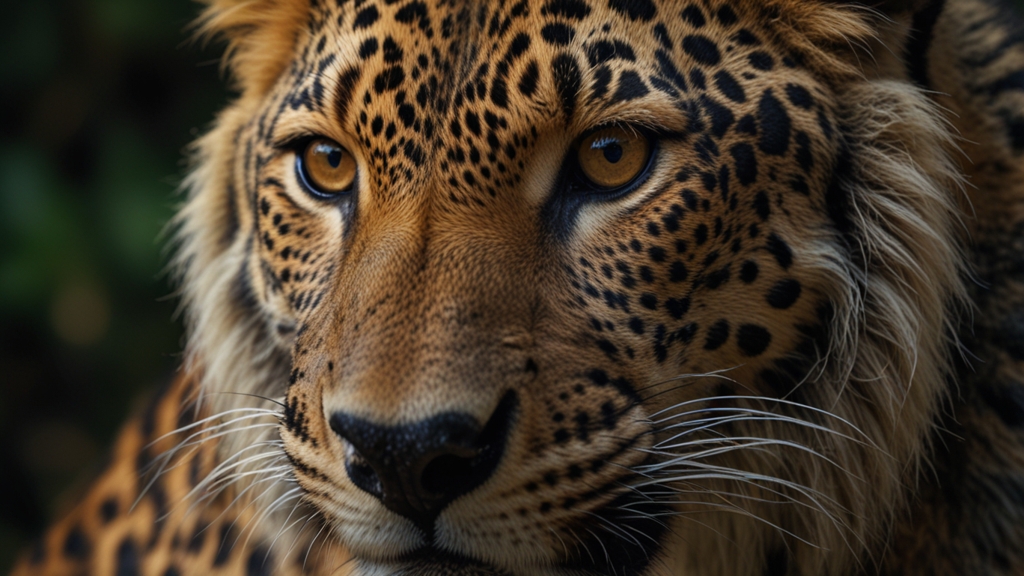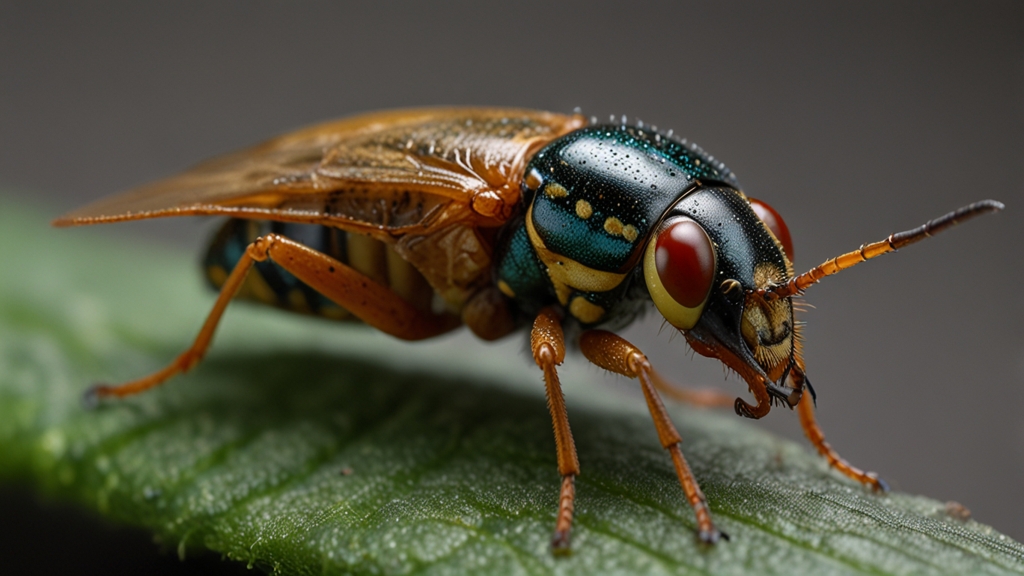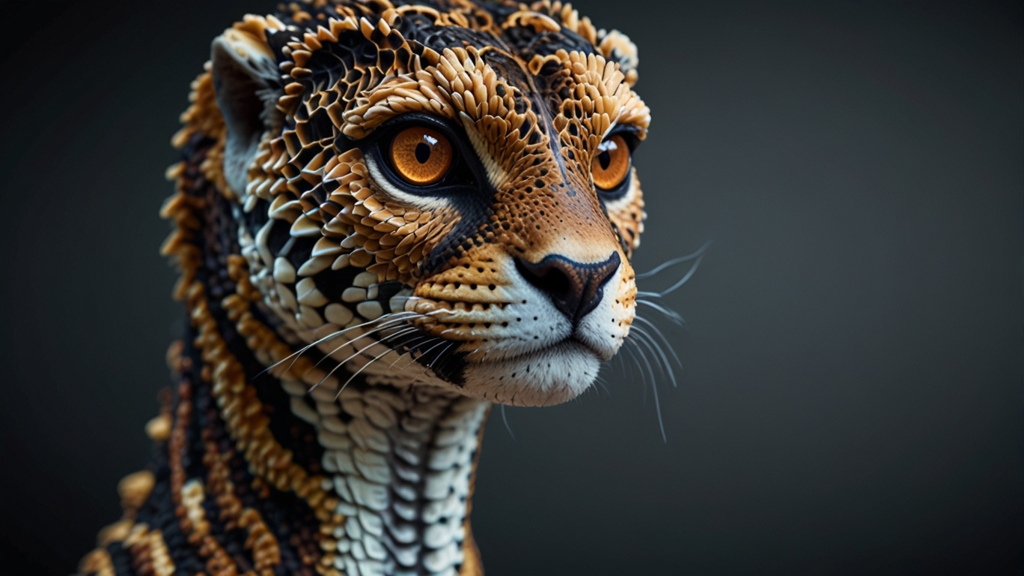The Ocean's Hidden Treasures: Unbelievable Facts About Marine Creatures
The ocean covers more than 70% of our planet and is home to an incredibly diverse array of life forms. From the sunlit surface waters to the dark abyssal depths, marine creatures have adapted to thrive in every imaginable environment. These fascinating organisms not only captivate our imagination but also play crucial roles in maintaining the health of our planet. Below, we delve into some of the ocean's hidden treasures and present unbelievable facts about marine creatures that you may not know.
The Mysterious Giant Squid
One of the most mysterious and elusive creatures of the deep sea is the giant squid. These astonishing animals can grow up to 43 feet in length, making them one of the largest invertebrates on Earth. Despite their size, they are rarely seen by humans. Their massive eyes, which can reach the size of a dinner plate, help them see in the darkest depths of the ocean where they reside. The first live footage of a giant squid was only captured in 2004, sparking further intrigue and research into these enigmatic giants.
"The moment you see a giant squid alive for the first time is an awe-inspiring and humbling experience. It reminds us of how much we still have to learn about our own planet." - Dr. Edith Widder, Marine Biologist
The Color-Changing Cuttlefish
Cuttlefish are masters of disguise, often referred to as the chameleons of the sea. These remarkable creatures can change their skin color and texture in mere seconds to blend into their surroundings, communicate with others, or intimidate predators. They achieve this through specialized cells known as chromatophores and iridophores that expand and contract to produce various colors and patterns. Even more fascinating is their ability to do this despite being colorblind, suggesting a sophisticated neural control over their body patterns.
The Glowing Lanternfish
Deep below the ocean surface, where sunlight fails to penetrate, lives the lanternfish. Named for their bioluminescent properties, lanternfish possess organs called photophores that emit light. This natural glow serves multiple purposes: attracting prey, deterring predators, and facilitating communication among their kind. Although individually small, lanternfish are incredibly numerous, contributing significantly to the biomass of the deep-sea ecosystem and playing a vital role in the marine food web.
"Bioluminescence is one of the ocean’s most enchanting phenomena. It’s like watching the night sky, but underwater." - Dr. Sylvia Earle, Oceanographer
The Majestic Manta Ray
Manta rays are often seen as the gentle giants of the sea. With a wingspan that can extend up to 29 feet, they glide gracefully through the ocean, feeding on microscopic plankton. Unlike other rays, manta rays have evolved a filter-feeding mechanism similar to that of the largest whales. They are also highly intelligent, exhibiting behaviors that suggest self-awareness and complex social interactions. Observations have shown them engaging in what appears to be playful activity, highlighting their curiosity and cognitive abilities.
The Clever Octopus
Octopuses are renowned for their intelligence, problem-solving skills, and ability to escape from seemingly impossible situations. Each of their eight arms is equipped with hundreds of suckers that can manipulate objects with precision. They are capable of opening jars to retrieve food, camouflaging themselves with incredible accuracy, and even using tools. Their brains are highly developed, and they possess a decentralized nervous system where each arm can operate semi-independently.
"If aliens exist in the ocean, they would look like octopuses. Their behavior and capabilities are simply otherworldly." - Dr. Roger Hanlon, Marine Biologist
The Hidden World of Coral Reefs
Often called the rainforests of the sea, coral reefs are among the most biodiverse ecosystems on the planet. Despite occupying less than 1% of the ocean floor, they provide habitat and sustenance to nearly 25% of all marine species. Corals themselves are fascinating organisms, consisting of tiny, colonial animals called polyps. These polyps build intricate calcium carbonate structures that form the backbone of the reef. Coral reefs not only support an immense variety of marine life but also protect coastal areas from erosion and contribute to global carbon cycling.
The ocean is teeming with hidden treasures, from the tiniest plankton to the largest marine mammals. Each creature, no matter how small or elusive, plays a vital role in the intricate web of marine life. As we continue to explore and understand the depths of the ocean, we uncover more of its wonders and realize the importance of preserving these incredible ecosystems for future generations.












